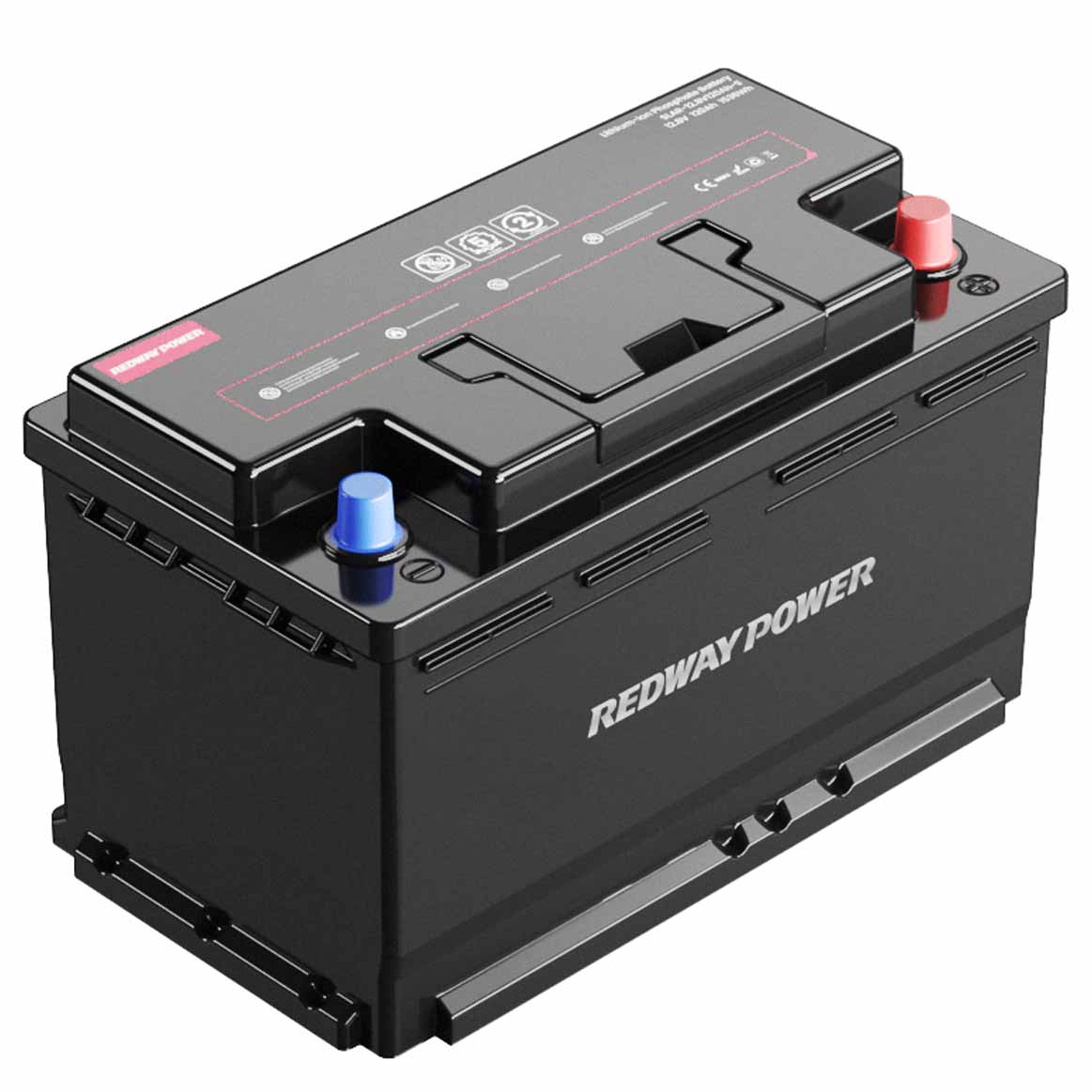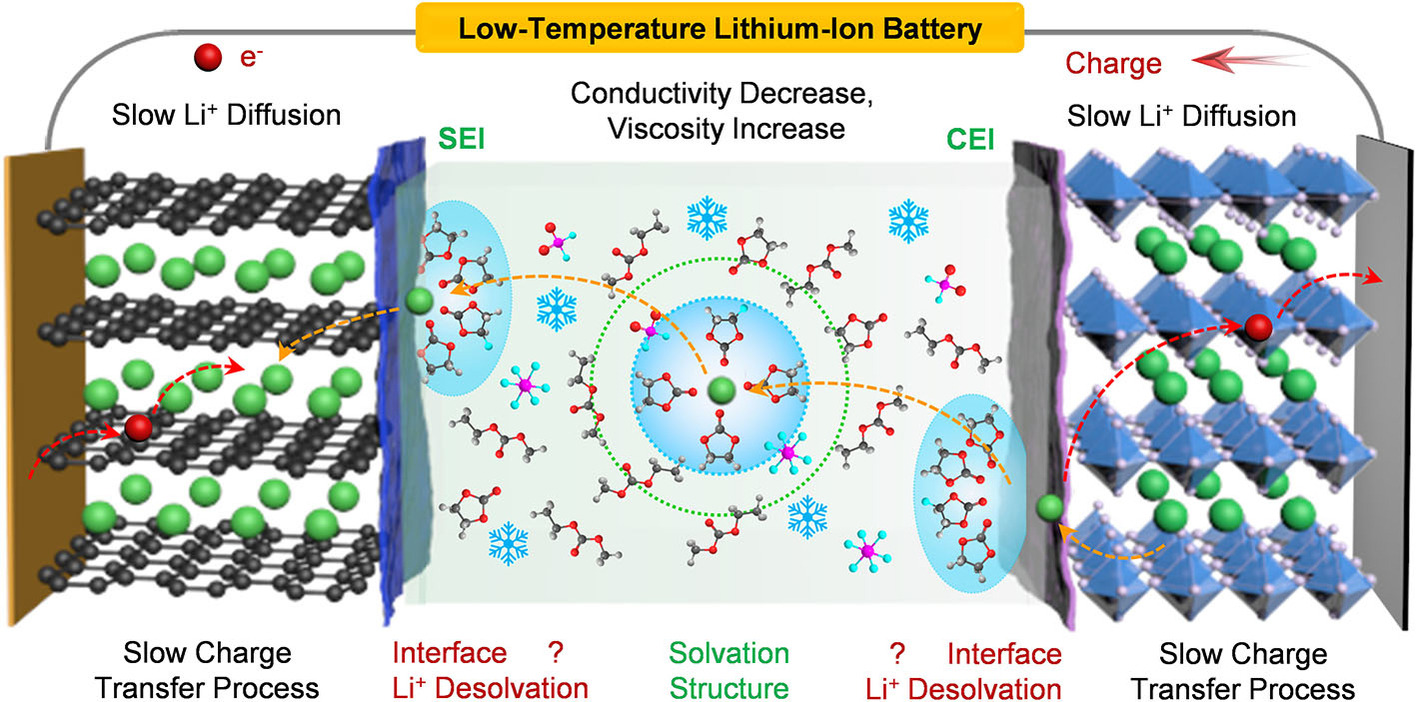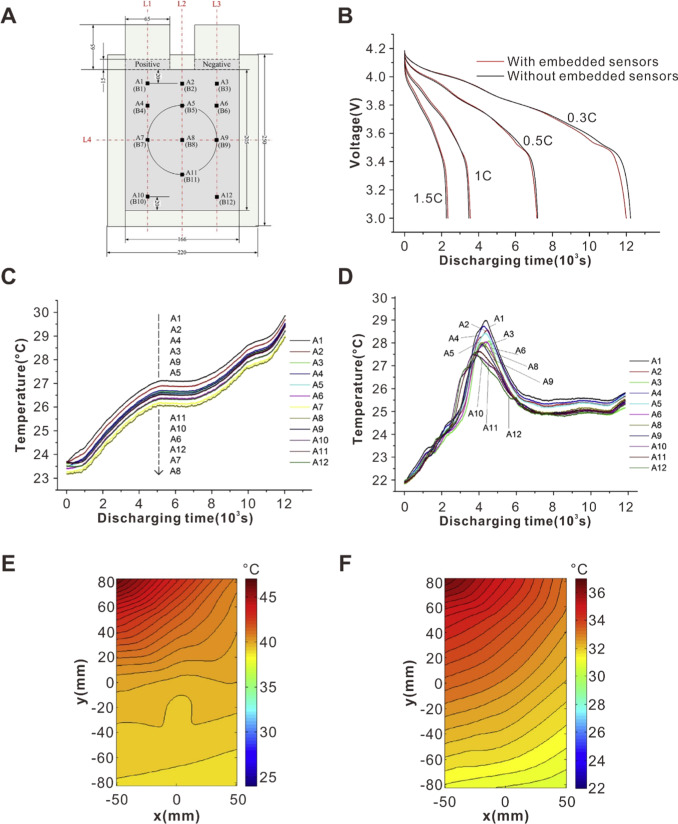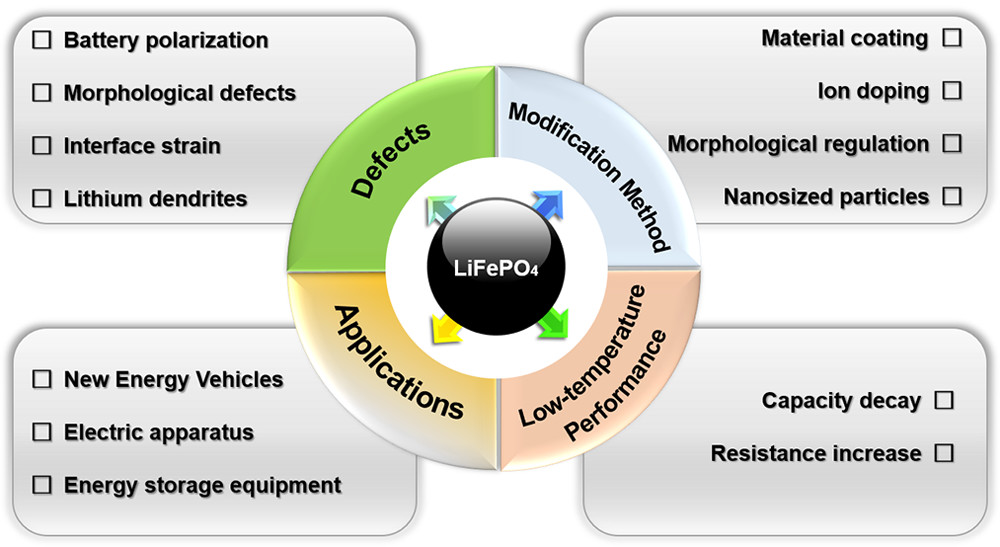Charging a LiFePO4 battery when it is colder than 32°F is very risky. It can lead to lithium plating, which reduces how much power your battery can store and increases the chance of short circuits. This can ruin your battery beyond repair. If you’re someone who uses LiFePO4 batteries to power your devices, then you know that they are one of the best battery options available in the market. Not only do they offer high performance and long lifespan, but they are also considered environmentally-friendly. However, did you know that knowing the minimum temperature for LiFePO4 batteries is crucial to their overall performance? In this blog post, we’ll explore why it’s important to understand the ideal temperature range for these batteries and how low temperatures affect their performance and lifespan. So grab a cup of coffee and let’s dive into everything there is to know about LiFePO4 batteries!
One drawback of lithium iron phosphate batteries is that they cannot be charged when it is too cold. If the temperature is lower than 0°C, you should avoid charging a LiFePO4 battery. This can lead to lithium plating, which reduces your battery’s performance and can cause it to short circuit and get damaged beyond repair. To charge a LiFePO4 battery in freezing conditions, you have to warm it up first. You can do this by bringing the battery to a warmer place, or by covering it with a thermal blanket, or by putting it near a small heater.

#post_seo_title
What is LiFePO4 Battery?
LiFePO4, or Lithium Iron Phosphate, is a type of rechargeable battery that has been gaining popularity in recent years. It is known for its high energy density and long cycle life, making it an excellent choice for various applications such as electric vehicles and renewable energy storage systems. Unlike traditional lead-acid batteries, LiFePO4 batteries are much lighter and more compact. This makes them ideal for portable devices like smartphones and laptops. Additionally, they can be charged quickly without damaging the battery’s overall lifespan.
Lithium iron phosphate (LiFePO4) batteries have many benefits over the traditional lead-acid battery, such as longer life span, better discharge performance, lighter weight, climate resilience, and the ability to deep cycle. Even though LiFePO4 batteries may cost more than lead-acid batteries, they are worth it in the long run because they require less maintenance and replacement. Therefore, LiFePO4 batteries are becoming more popular for various home and industrial uses.
One of the main advantages of LiFePO4 batteries over other types of lithium-ion batteries is their safety features. They are less likely to catch fire or explode compared to other lithium-ion chemistries due to their stable chemical structure. LiFePO4 batteries offer numerous benefits that make them a popular choice among consumers today. As technology continues to advance, we can expect these batteries to become even more efficient and widely used in different industries across the globe.


Importance of knowing the minimum temperature for LiFePO4 battery
Understanding the minimum temperature for LiFePO4 battery is crucial for its efficient performance and long lifespan. This information can help you determine whether a particular application is suitable for this type of battery or not.
If the minimum temperature range is not maintained, it can lead to poor performance, reduced capacity, and even permanent damage to the battery. For instance, if used in low-temperature environments without proper heating mechanisms in place, the electrolyte inside may freeze, causing irreversible damage to the cell structure.
Furthermore, knowing the minimum temperature range allows you to choose an appropriate battery management system that regulates charging and discharging cycles based on ambient temperatures.
In many cases, batteries are exposed to harsh environmental conditions such as extreme heat or cold during transportation or storage. Knowing these parameters beforehand will enable you to take necessary precautions such as insulation or climate-controlled storage facilities.
Therefore, understanding the minimum temperature requirements of LiFePO4 batteries is essential in ensuring their optimal performance while also avoiding potential safety hazards associated with improper usage.

Ideal temperature range for LiFePO4 battery
The best temperature range for LiFePO4 batteries is from 0°C to 45°C (32°F and 113°F). They can also work from -20°C to 60°C (-4°F to 140°F), but not as well. Keeping the battery in the right temperature range is important for its quality, durability, and safety.
The ideal temperature range for LiFePO4 battery is crucial to ensure optimal performance and longevity. Generally, the recommended operating temperature for LiFePO4 batteries falls between -20°C to 60°C or -4°F to 140°F. However, the specific ideal range may vary depending on the manufacturer’s recommendations and application requirements.
Temperature fluctuations outside of this range could have negative effects on battery performance, resulting in a shorter lifespan and reduced capacity. High temperatures can cause electrolyte breakdown while low temperatures increase internal resistance reducing energy output.
It is essential to maintain a stable temperature within the ideal range by implementing proper cooling or heating mechanisms if necessary. For instance, in high-temperature environments like electric vehicles (EVs), active cooling systems such as fans or liquid-cooling are used.
Therefore, it is important always to check with manufacturers’ documentation before using LiFePO4 batteries since different applications may require different optimum ranges.

Effects of temperature on LiFePO4 battery performance and lifespan
The performance and lifespan of LiFePO4 batteries can be significantly affected by temperature. Extreme temperatures, whether hot or cold, have a direct impact on the battery’s chemistry and internal components.
At high temperatures, the battery’s electrolyte can break down faster, leading to reduced capacity and accelerated aging. This means that lithium-ion batteries like LiFePO4 may not perform optimally in environments with consistently high temperatures.
On the other hand, low temperatures also affect the performance of LiFePO4 batteries. When exposed to extremely cold conditions, the internal resistance of the battery increases which reduces its overall efficiency. In addition, lower temperatures will cause a reduction in voltage output resulting in reduced power delivery from your device or equipment powered by these batteries.
Moreover, frequent exposure to extreme temperature ranges can ultimately shorten their lifespan regardless of how well you maintain them.
Therefore it is important for users to take into account all environmental factors when using LiFePO4 batteries so as not to compromise their longevity and effectiveness over time.

The minimum temperature for LiFePO4 battery
The minimum temperature for LiFePO4 battery is an important factor to consider when using this type of battery in various applications. The lowest recommended operating temperature for LiFePO4 batteries is typically around -20°C (-4°F). However, some manufacturers may have different recommendations based on their specific product design and chemistry.
At temperatures below the recommended minimum, the performance of the battery can decrease significantly. This may result in a reduction in capacity or voltage output, which can affect the overall efficiency and lifespan of the battery. It’s important to note that exposing a LiFePO4 battery to extreme low temperatures could also cause permanent damage or even failure.
Factors such as discharge rate, storage conditions, and ambient temperature can also affect how well a LiFePO4 battery performs at low temperatures. High discharge rates or storing a fully charged battery at very low temperatures could lead to decreased performance. In contrast, storing a partially charged battery at slightly higher temperatures can help maintain its capacity over time.
Understanding the minimum temperature requirements for your particular LiFePO4 application is crucial for ensuring optimal performance and longevity of your batteries.
Factors Affecting LiFePO4 Battery Performance at Low Temperatures
Low temperatures can significantly impact the performance of LiFePO4 batteries. Some factors that affect a battery’s performance in low-temperature environments include:
1. Internal Resistance: At low temperatures, a battery’s internal resistance increases, which leads to decreased efficiency and capacity.
2. Electrolyte Conductivity: The conductivity of the electrolyte decreases at lower temperatures, leading to reduced current flow and slower charging/discharging rates.
3. Temperature Dependency of Voltage: LiFePO4 batteries have a temperature-dependent voltage characteristic. As temperature decreases, voltage output also reduces which could lead to discharging issues.
4. Capacity Loss Due To Reduced Charge Acceptance: Cold conditions may reduce the amount of energy that can be accepted by the battery during charging, thereby reducing its overall capacity.
5. Increased Self-Discharge Rate: Low temperatures increase self-discharge rates within lithium-ion batteries causing higher discharge rates resulting in faster cell aging

It is vital to consider these factors when designing or operating systems that use LiFePO4 batteries in cold environments or applications such as electric vehicles driven in winter months where they are exposed to cold weather conditions
Low Temperature Applications of LiFePO4 Battery
LiFePO4 batteries are becoming increasingly popular in low-temperature applications due to their superior performance at colder temperatures. These batteries can operate efficiently at temperatures as low as -20°C, making them ideal for use in cold climates.
One of the most common low-temperature applications of LiFePO4 batteries is in outdoor recreation equipment such as snowmobiles, ATVs, and ice fishing gear. These devices require reliable power sources that can perform consistently even in sub-zero temperatures.

LiFePO4 batteries are also widely used in remote monitoring systems such as weather stations or scientific research equipment stationed in Antarctica or other polar regions where extreme cold temperatures prevail. They provide a stable source of energy for these critical applications while performing reliably under harsh conditions.
Another application that benefits from the superior performance of LiFePO4 battery technology is electric vehicles (EVs) operating in cold weather environments. With conventional lead-acid batteries losing capacity rapidly during winter months, EVs equipped with LiFePO4 battery packs offer significantly increased range and reliability even when driving long distances on icy roads.
The unique characteristics of LiFePo4 chemistry make it an excellent choice for low-temperature environments where other types of batteries would struggle to perform optimally. Whether it’s outdoor recreational equipment or industrial machinery stationed at remote locations requiring uninterrupted power supply—the versatility and reliability associated with this type of battery make it an appealing option for numerous industries seeking dependable energy solutions regardless of temperature extremes they may encounter.
Conclusion
To sum it up, LiFePO4 batteries have proven to be a reliable and efficient energy storage solution for various applications. As with any battery technology, temperature plays a crucial role in the performance and lifespan of LiFePO4 batteries.
Knowing the minimum temperature for your LiFePO4 battery is essential in ensuring its optimal functionality during cold weather conditions. While each manufacturer may have specific recommendations, it’s generally recommended not to expose your LiFePO4 battery below -20℃ or 0℉.
Factors such as discharge rate, state of charge, and battery chemistry can also affect performance at low temperatures. However, advancements in materials science and engineering are continuously improving the low-temperature capabilities of these batteries.
Whether you’re using them for marine applications or off-grid solar systems that require reliable power supply during winter months, investing in high-quality LiFePO4 batteries will undoubtedly provide long-lasting benefits while keeping operational costs minimal.


